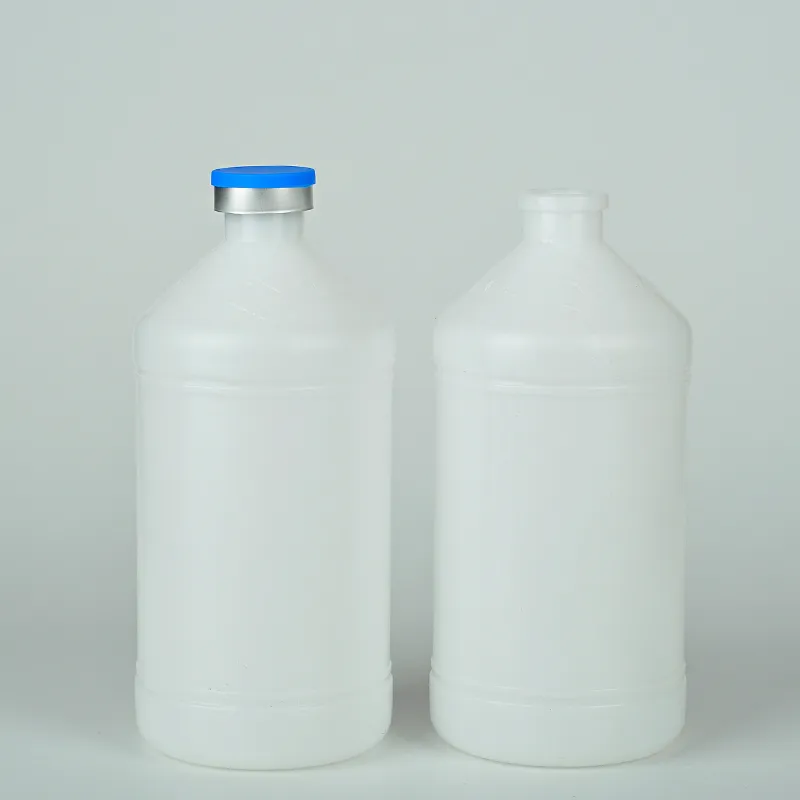https://www.wahmg.com/)">
Yellow Blood Collection Tube for Laboratory Testing and Sample Storage
Yellow Blood Collection Tube for Laboratory Testing and Sample Storage
The Importance of Yellow Blood Sample Tubes in Medical Testing
In the world of medical diagnostics, accuracy and efficiency are paramount. One of the key elements that facilitate these critical processes is the humble blood sample tube. Among the various colors used for blood tubes, the yellow blood sample tube plays a specialized and vital role, particularly in the realm of laboratory testing.
Yellow blood sample tubes are primarily used for collecting blood specimens for serological tests, which help in the detection of diseases and conditions. These tubes typically contain a special gel and clot activators that aid in the separation of serum from the blood cells after centrifugation. The serum is the liquid portion of blood that remains after coagulation and is rich in proteins, antibodies, and hormones. This is where the yellow tube's significance shines; it allows for the analysis of these components without the complications of fibrin or cellular debris, leading to more accurate test results.
The use of yellow tubes is especially important in transfusion medicine and immunology. In transfusion medicine, serological tests performed on samples collected in yellow tubes can determine compatibility for blood transfusions, ensuring that recipients receive blood that is safe and suitable. Additionally, these tubes are crucial in testing for infections that can be transmitted through blood, such as HIV or hepatitis, thereby playing a part in public health and safety.
yellow blood sample tube

Moreover, the yellow blood sample tube is often used in research settings
. Researchers can analyze serum for a multitude of biomarkers that reflect various health conditions, helping to develop new diagnostics and treatments. The ability to obtain precise measurements from the serum enhances the potential for groundbreaking discoveries in the medical field.Another significant advantage of yellow blood sample tubes is their compatibility with automated laboratory systems. Most modern laboratories utilize automated analyzers for high-throughput testing. The standardized design of yellow tubes ensures they can be effectively processed by these machines, thus increasing efficiency and reducing the risk of human error. The faster processing of samples leads to quicker turnaround times for test results, which is critical in emergency medical situations.
While the yellow blood sample tube is indispensable in numerous applications, it is essential to adhere to proper collection and storage protocols. Blood specimens should be collected by trained professionals to minimize contamination and ensure optimal results. Furthermore, the tubes should be properly labeled and stored at the correct temperatures until they are processed in the laboratory.
In conclusion, yellow blood sample tubes are more than just simple containers; they are pivotal tools in medical diagnostics. Their unique composition allows for the effective separation of serum, facilitating accurate testing for a wide variety of health conditions. As medical technology advances, the importance of understanding and utilizing tools like the yellow blood sample tube will continue to be vital in the pursuit of better healthcare outcomes. Whether in hospitals, research labs, or donor centers, these tubes will remain a cornerstone in the ever-evolving field of medicine.
-
Wholesale Plastic Juice Bottles with Caps 16 oz Options Available Bulk Packaging SolutionsNewsJun.10,2025
-
Laboratory Apparatus Reagent Bottle – Durable & Chemical Resistant Bottles for Safe StorageNewsJun.10,2025
-
Squeezable Dropper Bottles Durable, Leak-Proof & CustomizableNewsMay.30,2025
-
Affordable Plastic Petri Plates Sterile & Disposable Lab-GradeNewsMay.30,2025
-
Eye Dropper Caps Precision 24/410 & Plastic Bottle-Compatible TipsNewsMay.30,2025
-
Affordable Mini Spray Bottle Price & Wholesale Deals Shop NowNewsMay.29,2025





















